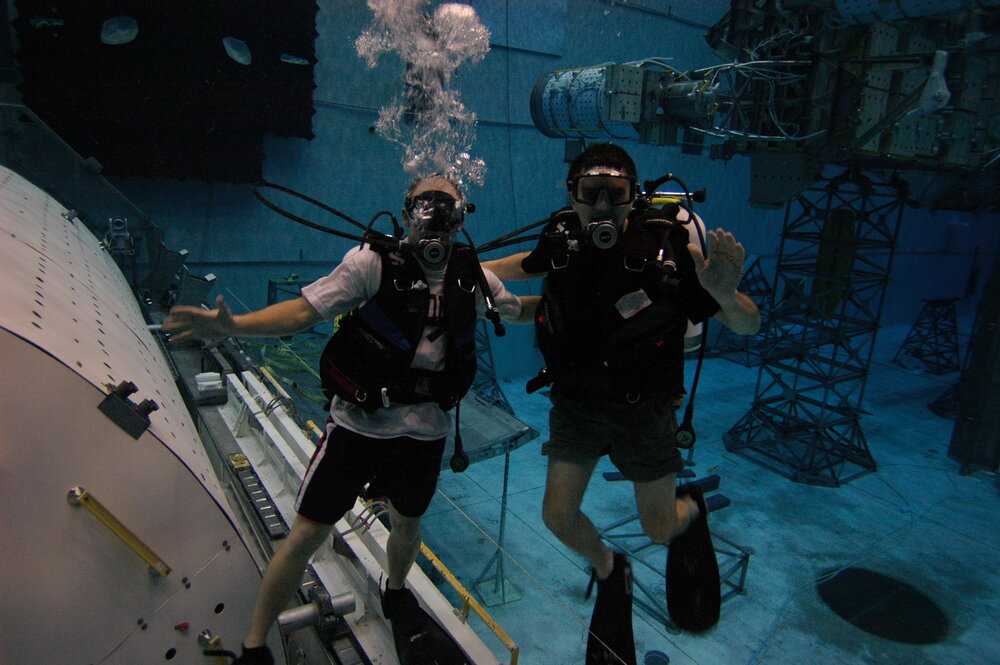
Bio

Garret Fitzpatrick is a leader in systems thinking and innovation, a science and travel writer, and a former NASA engineer. He is passionate about creating systems, products, and teams that can solve the most challenging problems facing humanity and connecting people and big ideas together to explore, serve, create, and inspire.
Garret’s been leading teams for more than 20 years developing complex systems for extreme environments, from space to subsea to remote mountaintops. He’s currently a Project Engineer at the Smithsonian Astrophysical Observatory, leading the engineering effort to design and build new radio telescopes to expand an Earth-sized virtual telescope array, called the Event Horizon Telescope, that produced the first image of a black hole in April of 2019. He also serves as the Principal Investigator for the Lunar Biorespository, an early stage concept to create a cryogenically preserved backup of Earth’s life on the moon. Garret previously led the product development teams at Shell TechWorks, a startup-like innovation center for Shell that uses systems and design thinking to develop and deploy new technologies throughout Shell's businesses, ultimately to provide better and cleaner energy systems for the planet.
Prior to joining Shell, Garret served as a Lead Project Engineer in the Space Biosciences Division at the NASA Ames Research Center, helping to design, build, test, and fly experiments to the International Space Station to better understand what happens to living things in space. There, he led the engineering development of a revolutionary new system for cell biology science in microgravity, called the Bioculture System, which took the capabilities of a cell biology lab and shrunk them into a box about the size of a big microwave.
Garret has also served NASA at the Johnson Space Center as a Crew Survival Engineer, specializing in the design, development and sustaining operations of emergency life support systems. He supported 15 Space Shuttle missions, including five (STS-125, -129, -130, -131, and -133) as the lead Shuttle Crew Escape Subsystem Manager during crew suit-up activities in Cape Canaveral, and managed emergency breathing systems on all non-Russian segments of the International Space Station.
A passionate advocate for engaging the next generation with the mission and purpose of space exploration, Garret has been invited to speak at the Pentagon, the U.S. Naval Academy, Disney Imagineering and several NASA-sponsored events. He has a Master of Science degree in Science Writing from the Massachusetts Institute of Technology, a Bachelor of Science degree in Engineering Mechanics and Astronautics and a certificate in International Engineering from the University of Wisconsin-Madison. He has lived and studied in Ireland, Russia, and India and has traveled extensively around the world. He lives in Massachusetts with his wife and three sons.